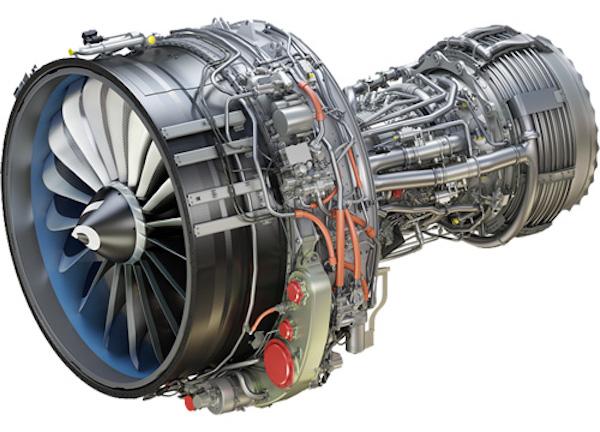
Credit: General Electric
General Electric is providing an exclamation mark on its post-spinout growth plans as it releases first-quarter 2023 financial results that exceed many analyst expectations and underscore the brand’s coming focus on aerospace engines, especially aftermarket services. “Aerospace was a significant...
Subscription Required
This content requires a subscription to one of the Aviation Week Intelligence Network (AWIN) bundles.
Schedule a demo today to find out how you can access this content and similar content related to your area of the global aviation industry.
Already an AWIN subscriber? Login
Did you know? Aviation Week has won top honors multiple times in the Jesse H. Neal National Business Journalism Awards, the business-to-business media equivalent of the Pulitzer Prizes.
